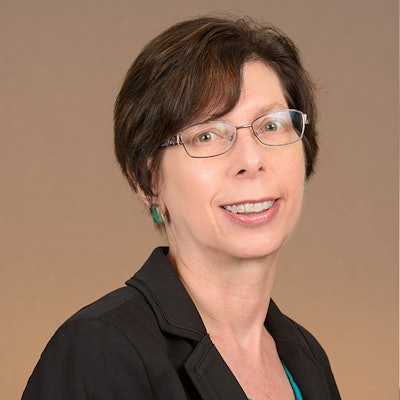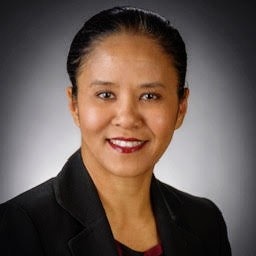Postsecondary education provides graduates with greater access to job opportunities and higher earning potential throughout their lifetimes. But higher education isn’t the only provider of communal uplift.
 Dr. Karen Mossberger, the Frank and June Sackton Professor in the school of public affairs and director of the Center on Technology, Data and Society at Arizona State University.
Dr. Karen Mossberger, the Frank and June Sackton Professor in the school of public affairs and director of the Center on Technology, Data and Society at Arizona State University.
Mossberger presented her research at a webinar hosted by the American Association of Colleges and Universities (AAC&U), a membership organization that advances the democratic purpose of higher education. Choosing the Future: Technology and Opportunity in Communities, a book Mossberger coauthored with Dr. Caroline J. Tolbert and Dr. Scott J. LaCombe, reveals that prosperity and income increases correlate with the number of broadband subscriptions in an area, whether it’s rural, urban, or suburban, across all demographics.
“Broadband is important for participation in society,” said Mossberger. “It’s important for economic development as well as individual opportunities. Widespread digital access and skills may also represent human capital capacity and community, because it provides access to information for education and job searches, skills for jobs and entrepreneurship, richer information networks and communities.”
But broadband access varies across regions, states, and even towns. In suburban Douglas County, Colo., 95% of households have access to broadband. But just south of Colo. in Navajo Nation, only 27% of residents have access. In Memphis, Tenn., broadband household access varies by zip code from 26.4% to 88.9%.
That’s why Mossberger and other experts want to see universities and colleges coordinate with the National Telecommunications and Information Administration (NTIA) to disperse the roughly $48 billion allotted toward programs that create greater digital equity.
 Angela Thi Bennett, digital equity director with the National Telecommunications and Information Administration.
Angela Thi Bennett, digital equity director with the National Telecommunications and Information Administration.





















